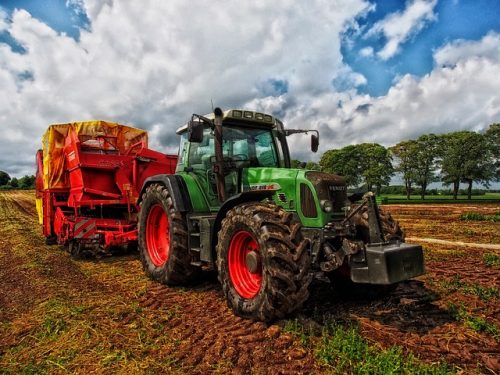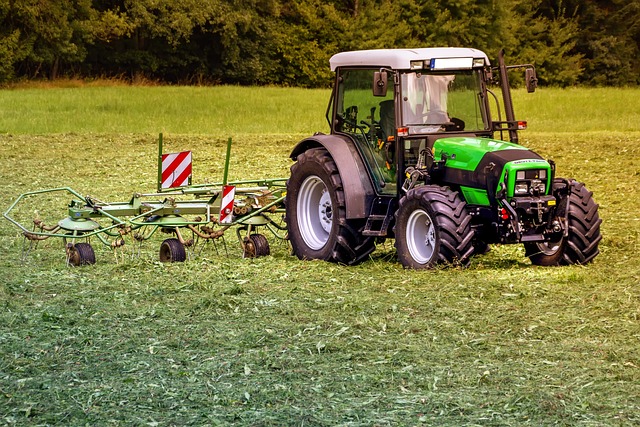Introduction: Risks and Hazards in Agriculture
Pakistan has the population of around 235 million as of 2023, and 42% of our population is directly employed or earns their livelihood through agriculture. It is therefore not wrong to say that Farmers and the agriculture sector form the backbone of Pakistan’s economy as well as provide the food on the tables of the remaining population.
This, however, does not mean that the agriculture sector is the most desired occupation in Pakistan, in fact it is mostly comprised of a labor force of farmers in rural areas and mostly young children and women. Although the sector produces major cash crops that benefit the nation, they do not have proper and efficient machinery to help them yield better crop results and to ensure better crop health. These also lead to many occupational hazards that chronically impact the health of the farmers negatively.
Also check out: Occupational Health and Safety Conditions in Pakistan
HAZARDS IN AGRICULTURE SECTOR THAT POSE RISKS TO HUMAN HEALTH:
Some of the occupational hazards in the various aspects of the agriculture sector are mentioned and briefly discussed below:
- Pesticide Exposure: The greatest threat to a crop is the attack of pests. For this purpose pesticides have been a part and parcel of the agriculture sector in various forms. However, many pesticides commonly used in Pakistan have many chemicals in it that can be carcinogenic and even toxic. Continued exposure to it may lead to bioaccumulation and biomagnification (Check out: Bioaccumulation and Biomagnification of Toxic Chemicals )of these compounds in the body and lead to chronic and even terminal illnesses like neurological disorders, cancer, asthma and other respiratory ailments as well as acute symptoms like eye irritation and skin damage. Also Related: Poisonous Pesticides- The Harmful Impacts of Pesticides on Humans
- Zoonosis: Due to the lack of proper hygiene measures and animal living conditions in most rural areas, there is a high risk of farmers being exposed to pathogens or other vectors from animals and livestock that can cause diseases in humans. These diseases that are transmitted by vectors like mosquitoes or flies etc., from animals to humans is called Zoonosis. Farmers and their families may be vulnerable to diseases like malaria, Trypanosoma (sleeping sickness) and dengue to name a few.
- Stagnant Water: After the crops are irrigated, there may be field conditions for days where water remains standing when excess in supplied to the crops. This stagnant water may serve as breeding grounds for mosquito larva and cause the spread of diseases like malaria, dengue etc.
- Livestock Waste: In many rural areas, the waste produced by cattle and livestock is either used as manure or burnt as fuel. However, the excess is also dumped in nearby water ways and streams which serve as drinking sources for the rural population and thereby this improper dumping of livestock waste may lead to spread of water borne diseases like cholera, typhoid, dysentery etc.
- Heat Stress: In most agriculture lands in Pakistan, cultivation is still done without the use of machinery due to insufficient funds and lack of initiative from the government. Couple that with the yearly rising temperatures in summer (courtesy of climate change) there have been a high number of cases of heat strokes, dehydration, electrolyte imbalance due to lack of salt in the body because of constant sweating and burdensome work.
- Physical Injuries: Since machinery for tilling and other agricultural purposes is not equally accessible or distributed across Pakistan, therefore, many farmers still rely on physical labor accompanied with animal labor to achieve results. Practices like tilling, collection of crops after harvesting etc. require strenuous exertion and cause numerous musculoskeletal injuries especially due to heavy lifting of haystacks, animal feed, crop sacks etc. that may lead to the development of an improper posture while carrying out these activities if care is not taken.
- Machinery Noise: On farms or lands that are equipped with modern machinery such as tractors there may be another hazard of noise. This is because these machines are operated every day and for most part of the day and the farmers who operate them are constantly exposed to the loud noise and vibration that can lead to permanent damages like ringing ears, deafness, or chronic conditions like Hand-Arm-Vibration-Syndrome (HAVS) in which fingers turn pale and ash like and all sensation is lost. Read: Noise Pollution – Sources, Effects, and Control

CONCLUSION:
These are only some of the most common occupational hazards that continue occur. However, they are completely avoidable only if proper initiative on a national scale is taken as well as individual.
For instance, the use of protective equipment like ear muffs while operating the tractors, modifying the machinery or using better quality and standardized machinery will be of a huge help to avoid these issues from happening on the farm. Better yet is the use of alternatives like Integrated Pest Management instead of toxic pesticides and switching over completely or at least, partially to biodynamic farming that is not only sustainable, eco-friendly but also provides minimum risk to the human health.
For further information check out these related articles:
Biodynamic Farming- Benefits and Importance
What is Biodynamic Farming?- Methods and Advantages
Sustainable Agriculture Practices and Their Advantages
Hydroponics- The Future Of Agriculture?
I hope you all liked this post! Please comment below if you have any suggestions, comments, or feedback! We at #envpk love hearing from our readers! Thanks!




